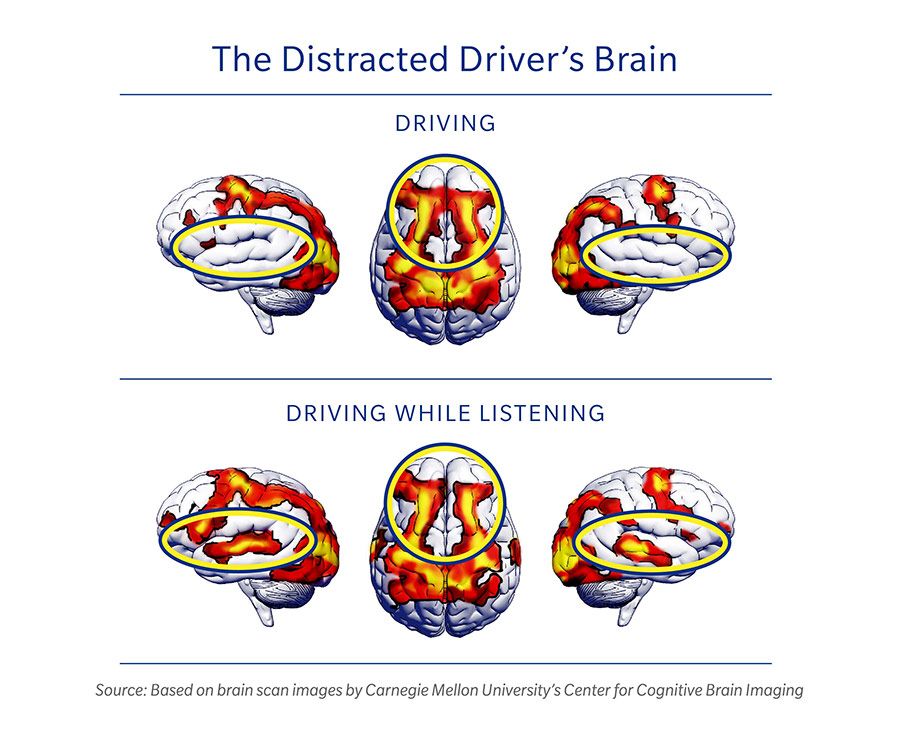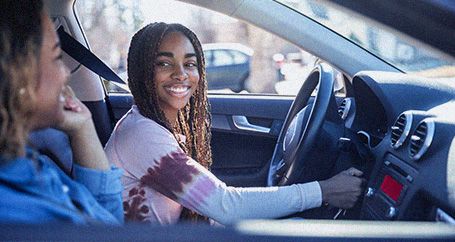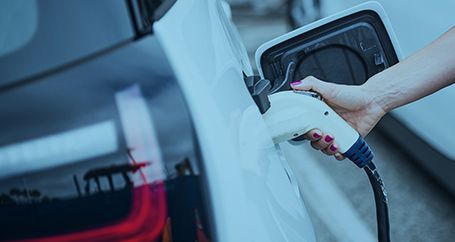It's as quick as a glance at a cellphone screen to see who's calling or the instinct to reach and answer a ringing phone; as innocent as petting the furry, four-legged passenger traveling beside you; as mundane as hunt-and-pecking a street address into a G P S system between green lights. Distracted driving is the cause of nine deaths and more than 1,000 injuries every day in the U. S., according to the National Highway Traffic Safety Administration (NHTSA).
Although talking on a cellphone and texting while driving are often cited as examples of distracted driving, the science behind the real causes and results of distracted driving is a little more complex. Recent research in neuroscience confirms what many drivers may instinctively know but often forget: driving requires high-level brain power. In addition to processing large amounts of visual information (street signs, other drivers, road conditions), drivers also have to predict and react to what other drivers are doing and coordinate hand activity on the steering wheel with foot activity on the gas, brake and clutch. These are essential functions when driving.
Then there is the additional, non-essential multi-tasking, such as switching radio stations, talking to a passenger or yelling at another driver, or taking a sip of coffee. These activities and others like them can decrease the brain's ability to handle essential functions for driving
A brain scan (below) shows the impact additional activity may have on the brain. In a distracted driving simulation conducted in 2008 by Carnegie Mellon University's Center for Cognitive Brain Imaging , participants were asked to listen and respond to sentences while driving. Researchers found that when drivers listened, activity in the area of the brain that processes space and movement decreased; instead, brain activity shifted to the frontal areas of the brain that handle language. The result? Drivers were less likely to see and more likely to hit objects in the simulation.
The Distracted Driver's Brain

We Know From Experience

We've seen almost everything, so we know how to cover almost anything.
Count the number of distracted driving mistakes you may have committed
The CDC classifies driving distractions in three categories:
Cognitive distractions cause your mental focus to drift while driving. Examples include:
- Talking to passengers in the car or on the phone
- Paying attention to a child or pet traveling with you in the car
- Driving while upset or angry (think: road rage)
- Daydreaming or getting lost in thought
- Thinking about problems at home or work
- Driving under the influence of drugs or alcohol
- Hands-free talking or voice-texting on a cell phone
Visual distractions cause your eyes to wander from the road. Examples include:
- Changing the radio station or music selection on the car stereo
- Looking at a map or adjusting the destination on a GPS device
- Adjusting the air conditioning or heating temperature controls
- Searching for items on the floor, passenger seat or back seat of the car
- Applying or checking makeup in the rearview mirror
- Checking out the view on a scenic drive
- Turning to look at a traffic accident or police activity on the side of the road
- Scrolling through email, social media accounts or other smartphone apps at a stop light
states ban all texting while driving. Montana and Arizona have no ban; Missouri has a partial ban on drivers 21 and younger.
Manual distractions cause you to take one or both of your hands off of the steering wheel. Examples include:
- Eating or drinking, or cleaning up spilled food or drink
- Smoking, or any activity related to smoking, such as finding and lighting a cigarette
- Searching inside your wallet or purse for items, such as phone, makeup or gum
- Touching the dials or buttons that control temperature, windows, mirrors, G P S destination or music selection
- Reaching for items, such as food, C Ds, a cellphone, or using your hands to assist a child or pet
- Securing a seatbelt (your own or a passenger's)
- Texting or talking on the phone without a hands-free device
You wouldn't read a book while driving. Checking a text is no different.
Texting while driving hits all three categories of distracted driving—cognitive, visual and manual. In one study by the National Highway Traffic Safety Administration , drivers took their eyes off the road for an average of 4.6 seconds when sending or reading a text message. How does that level of distraction translate in the real world? Its like driving the length of a football field with your eyes closed.
6 ways you can stop yourself from driving while distracted today
- Limit phone use while you're driving — turn it off if necessary. Even hands-free calling and voice texting
may increase the risk of an accident.
- Get a phone app that silences calls and texts while your car is in motion. Many of these apps send an auto-response notifying the sender that you're driving.
- Driving is no time for multitasking. Avoid eating, glancing at your calendar, searching for items and anything else that takes your attention away from the road.
- Keep conversation light when talking to passengers. Save serious discussions or important news for another time.
- Make sure children and pets are properly secured in their seats before driving.
- Pull over and park in a safe spot before adjusting controls in your car, tending to a pet or child, sending a text or talking on your cellphone.
Talk to a Farmers agent or call us at
1-800-709-7821 to get an auto quote and learn more about Signal® .

Written by
The information contained in this page is provided for general informational purposes only. The information is provided by Farmers and while we endeavor to keep the information up to date and correct, we make no representations or warranties of any kind, express or implied, about the completeness, accuracy, reliability, suitability or availability with respect to this article or the information, products, services or related graphics, if any, contained in this article for any purpose. The information is not meant as professional or expert advice, and any reliance you place on such information is therefore strictly at your own risk.
Related articles



